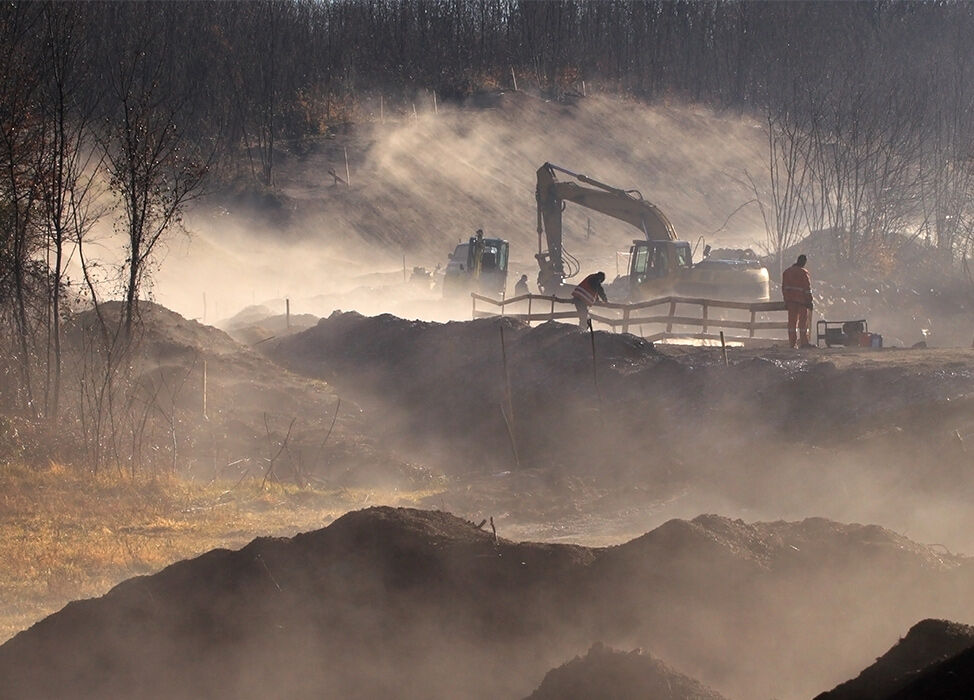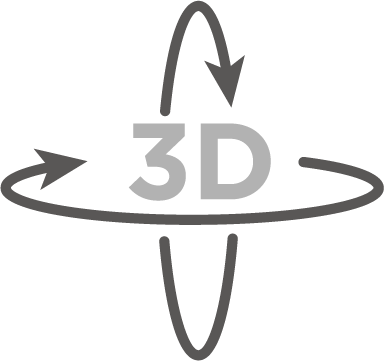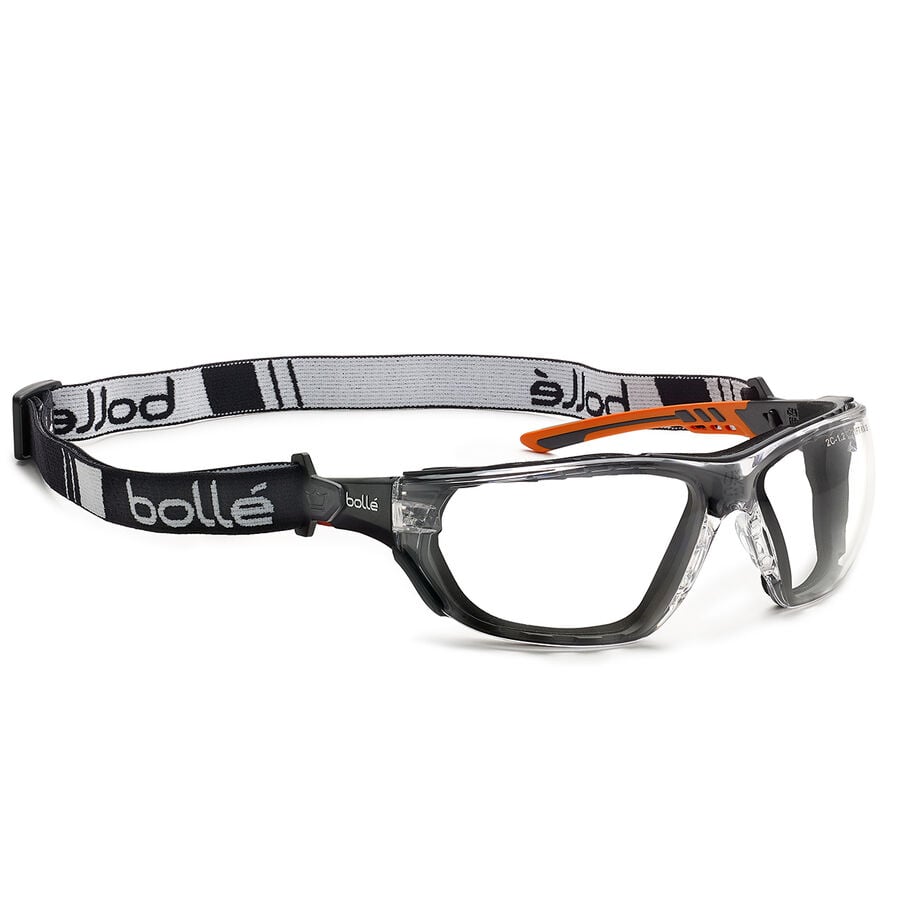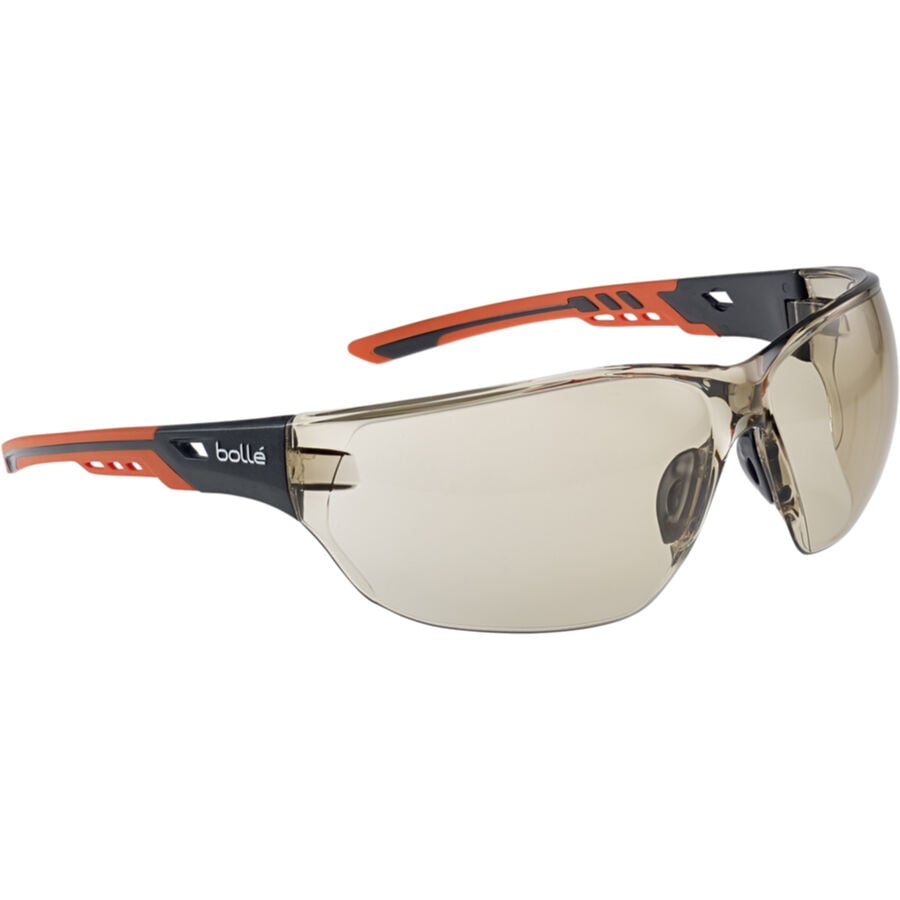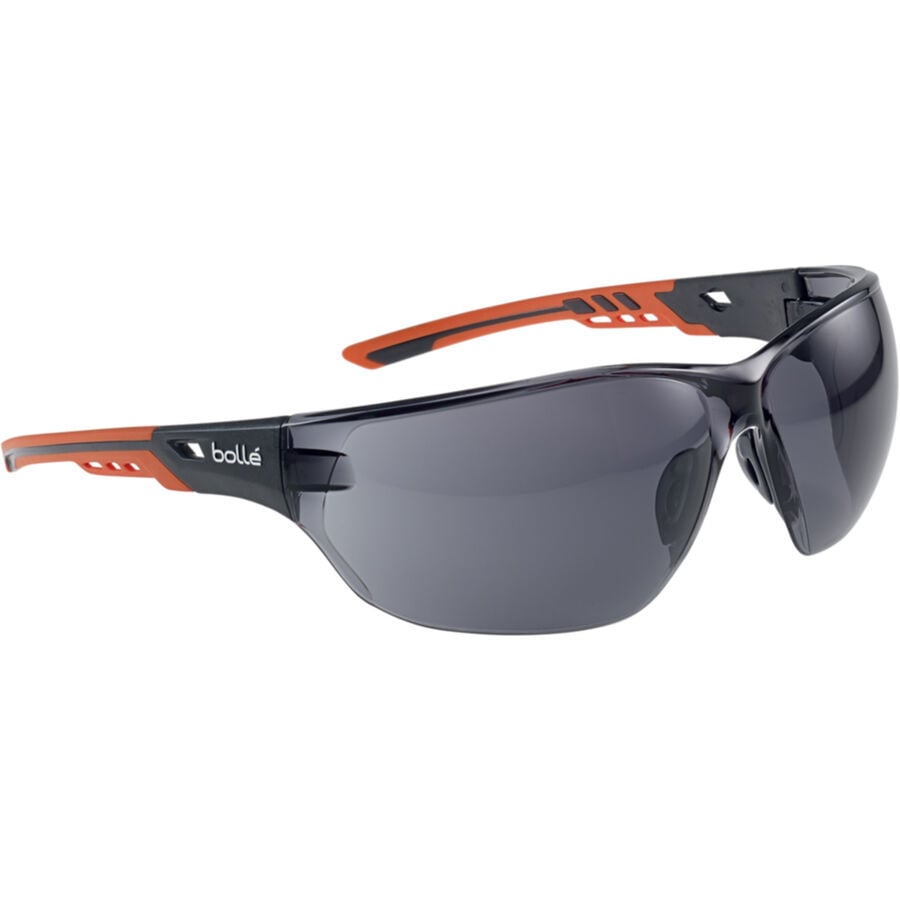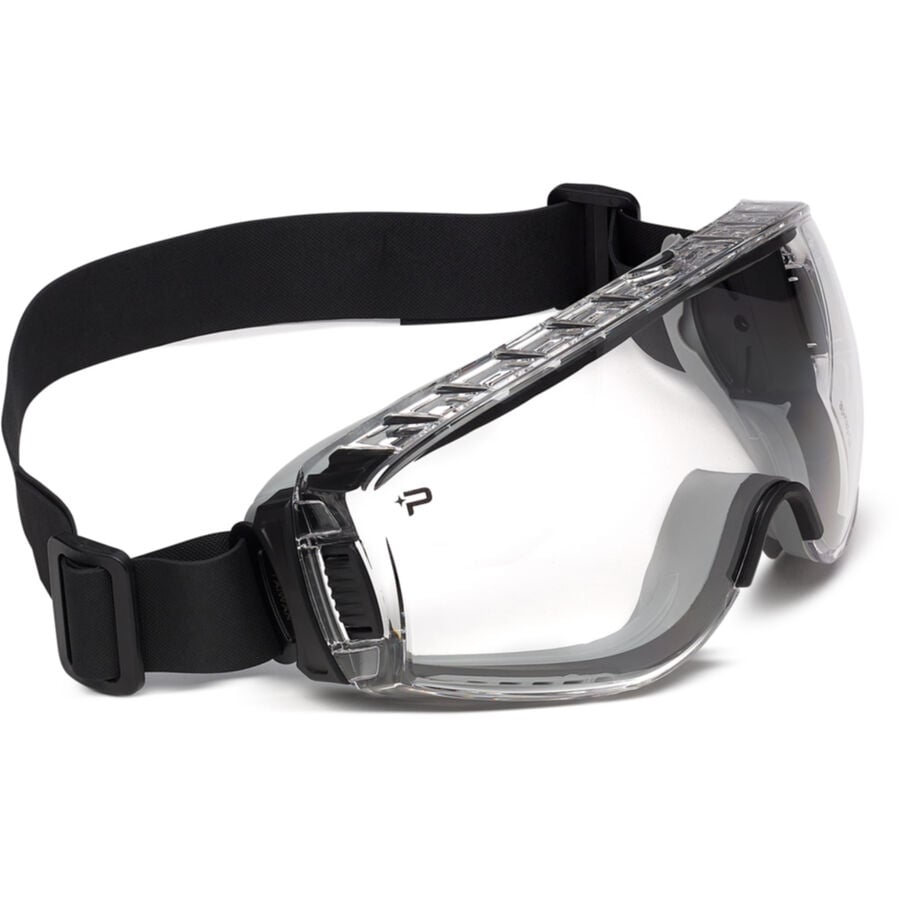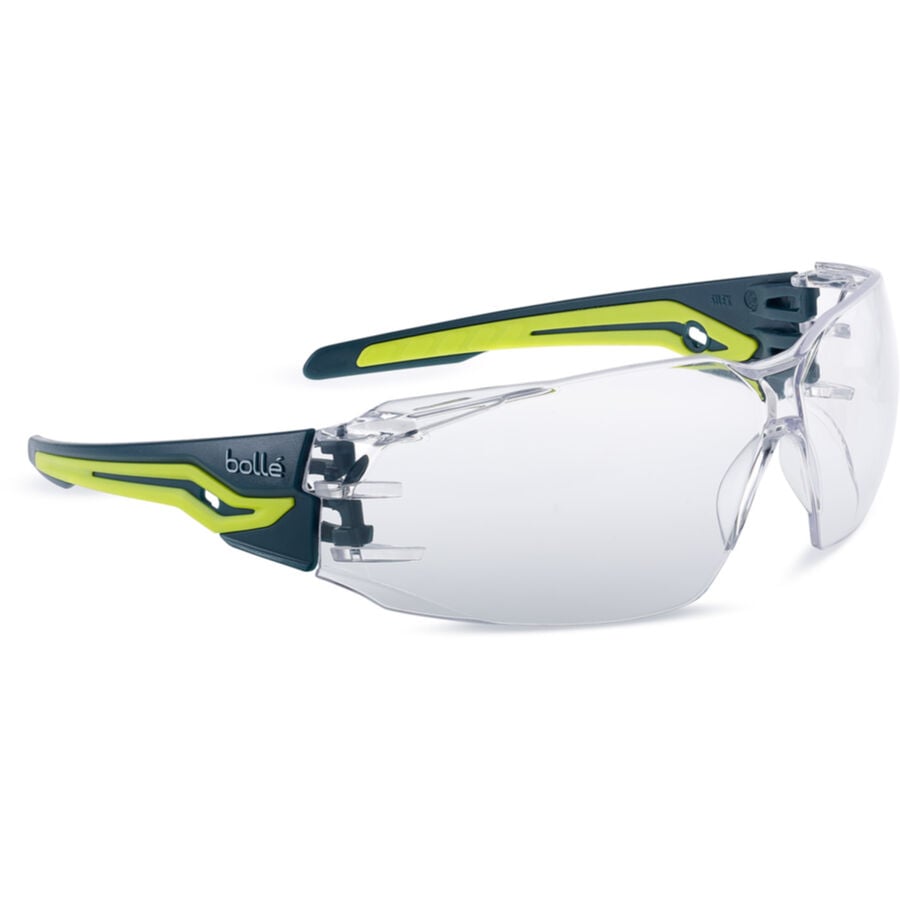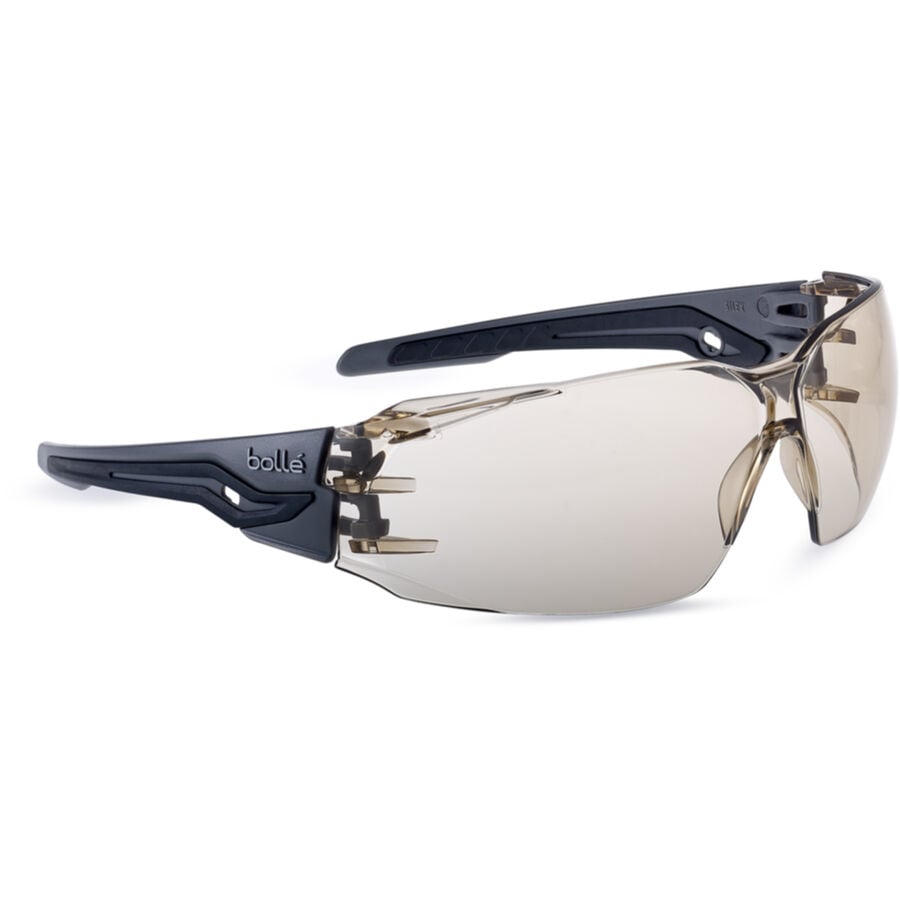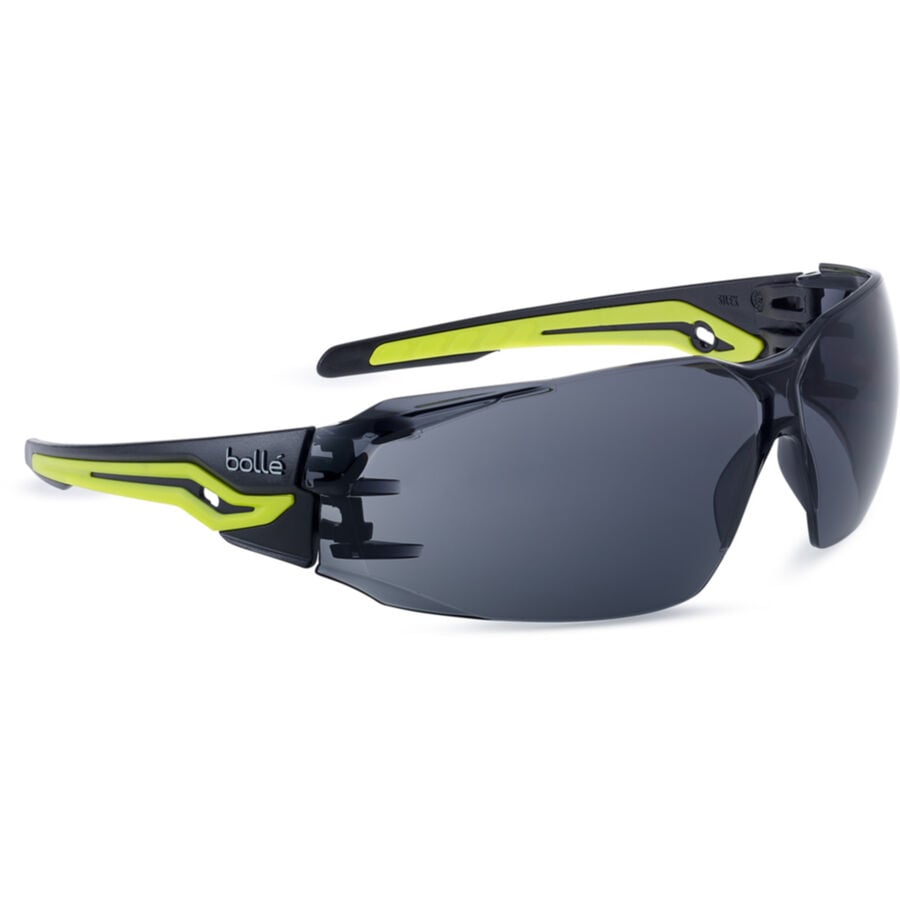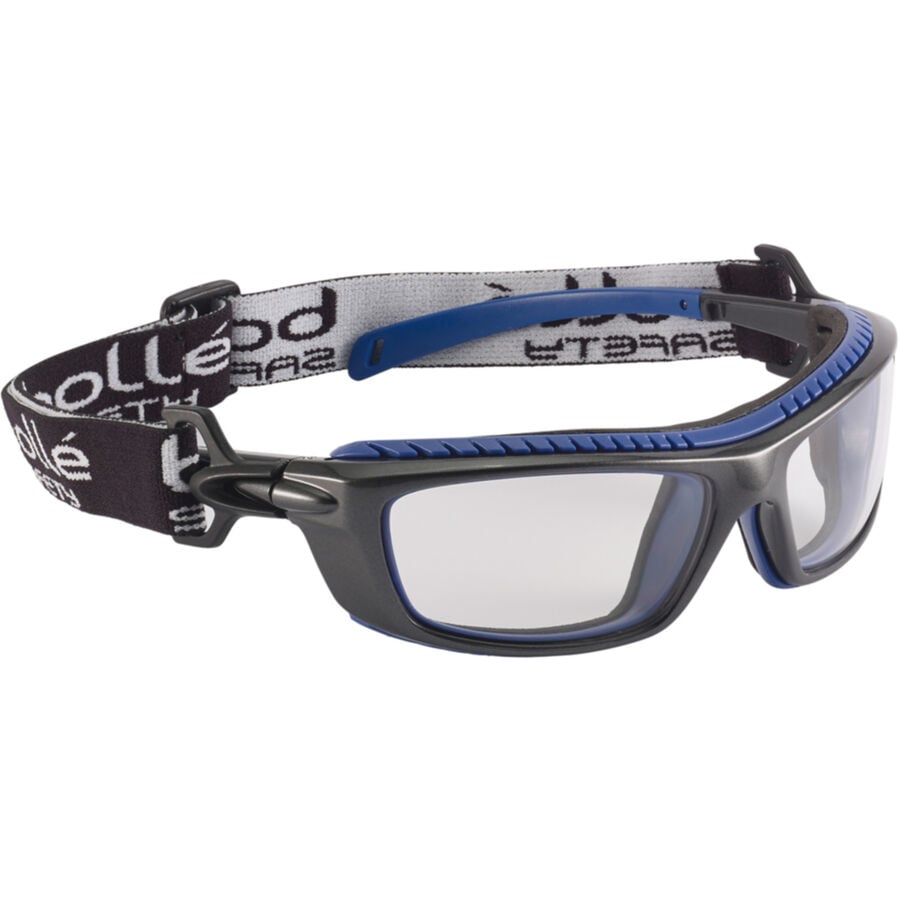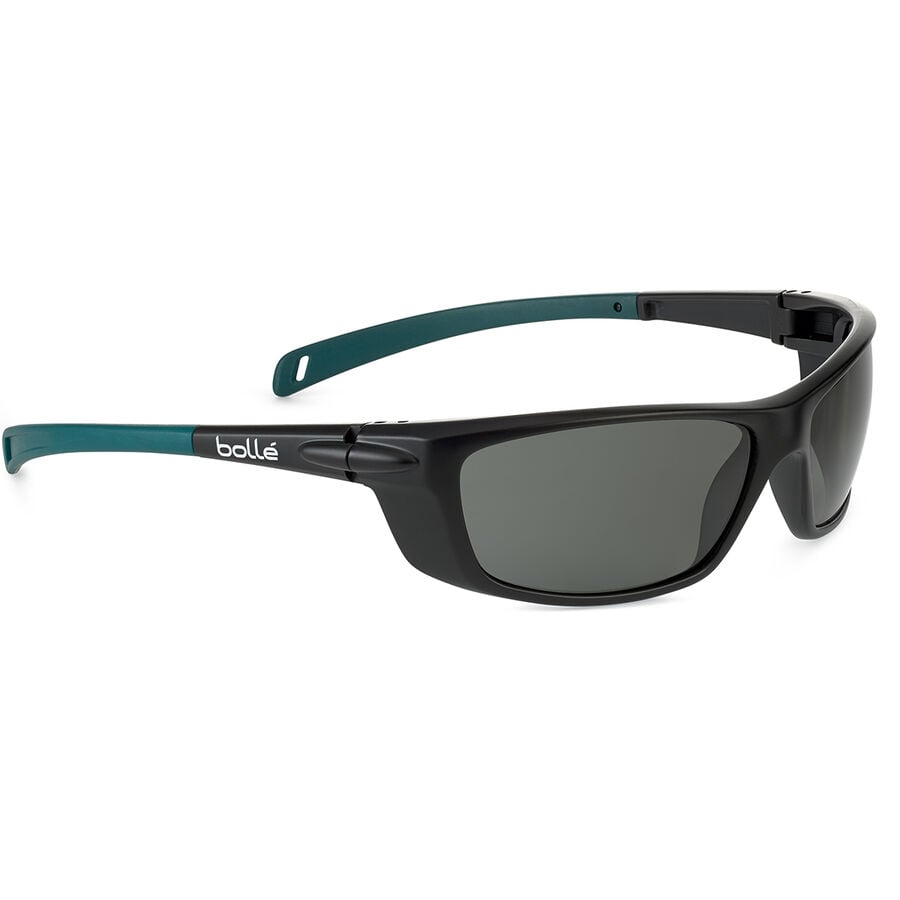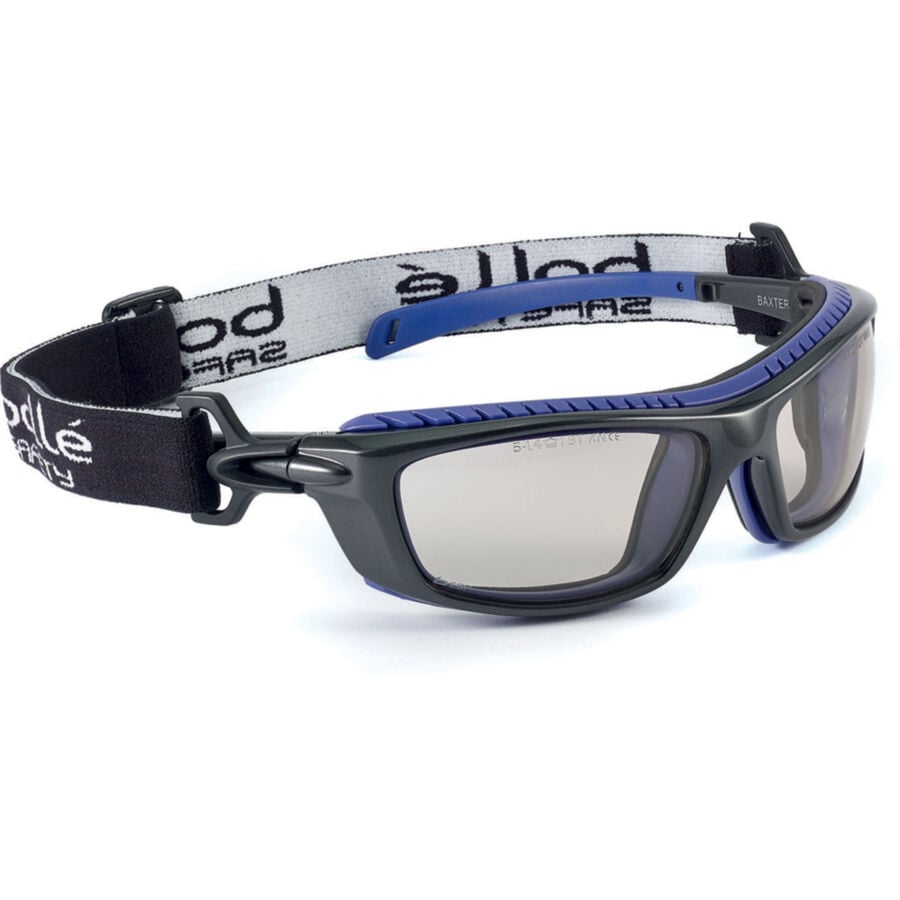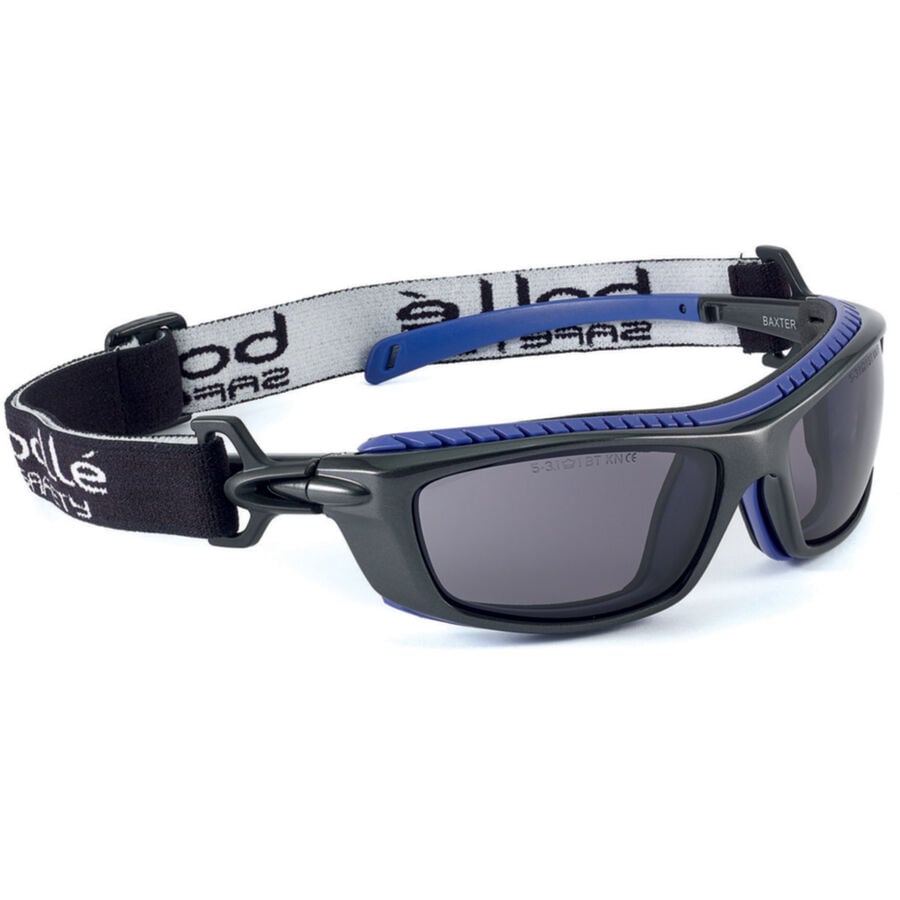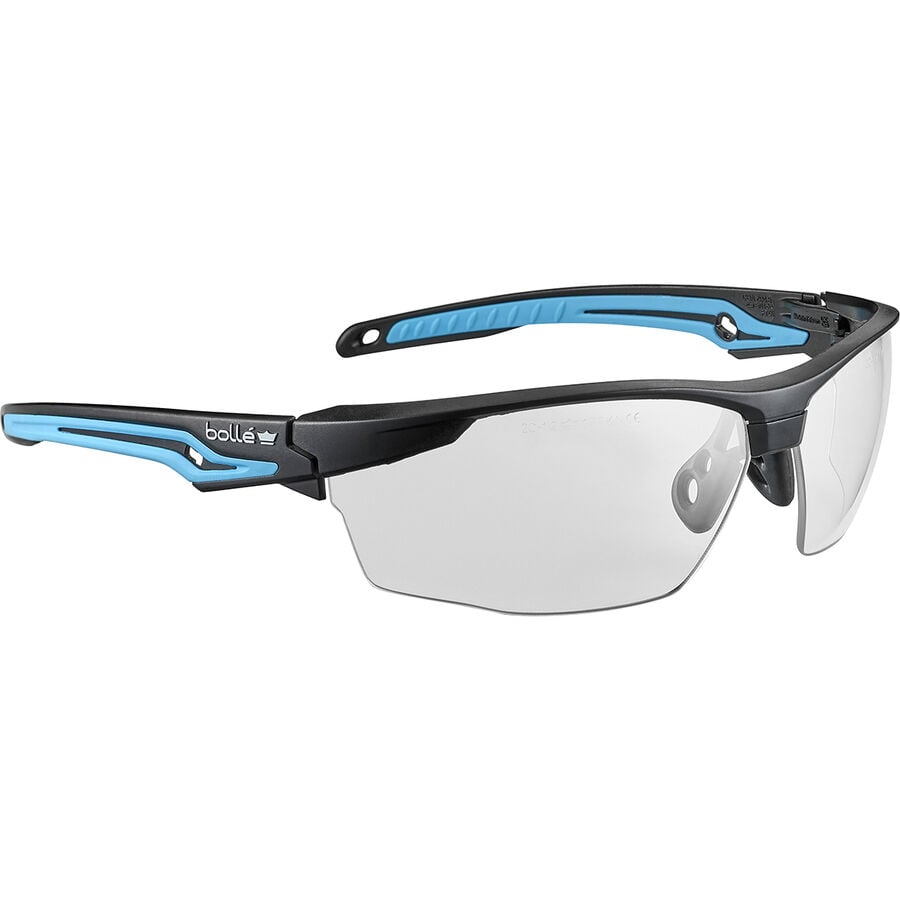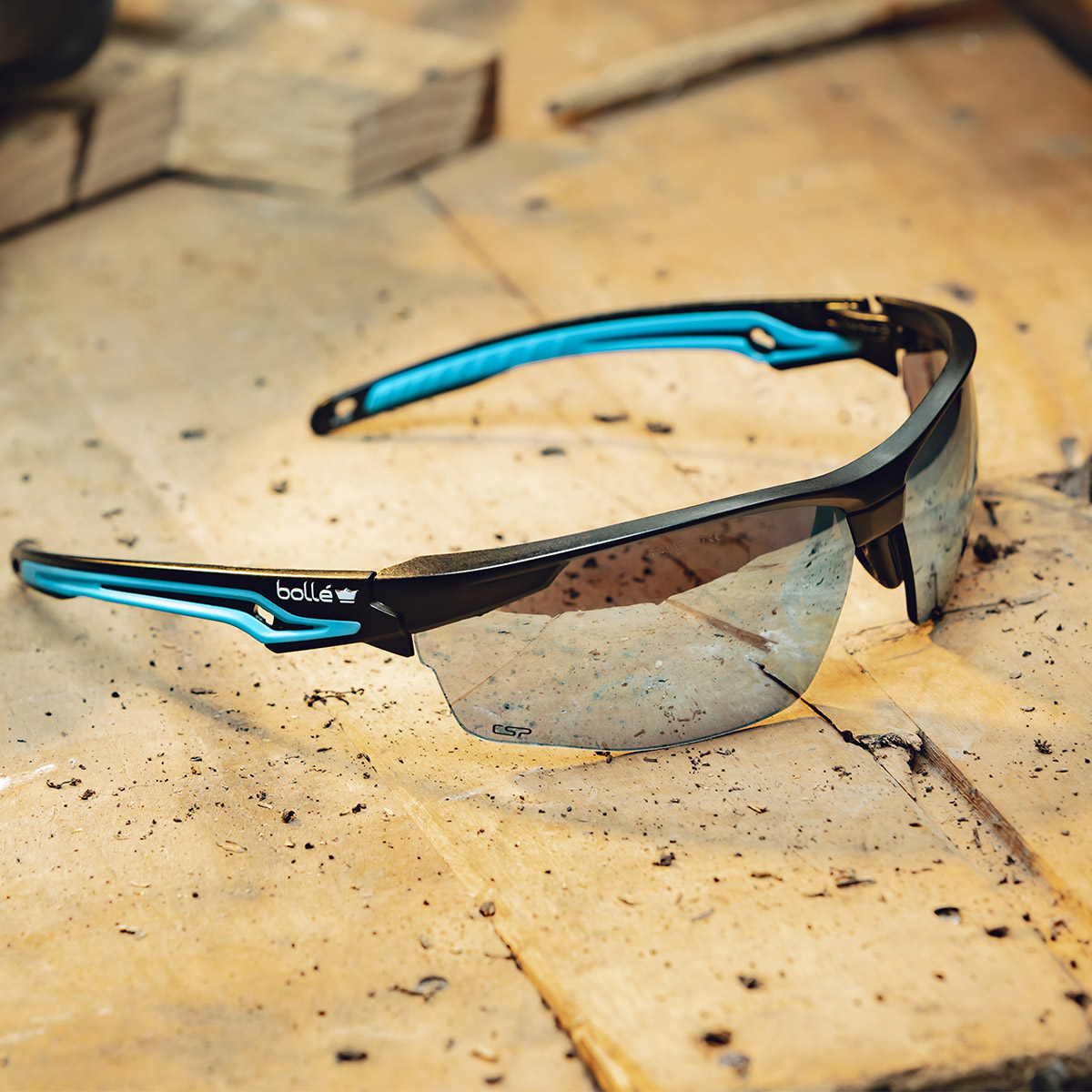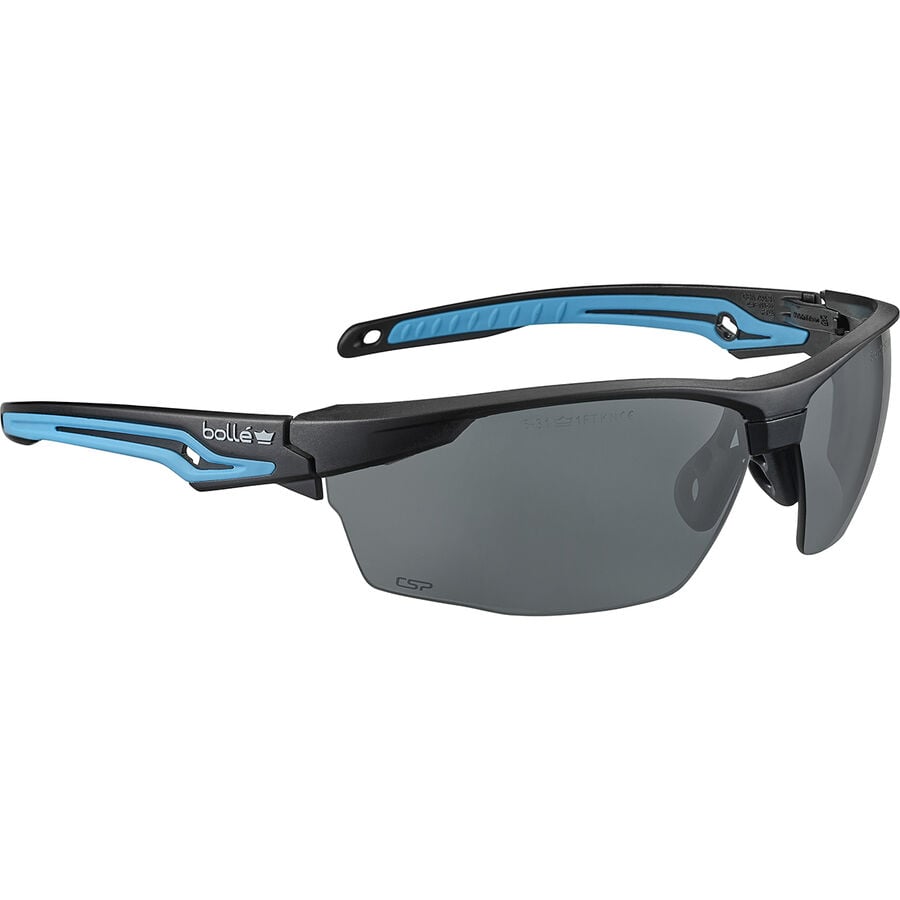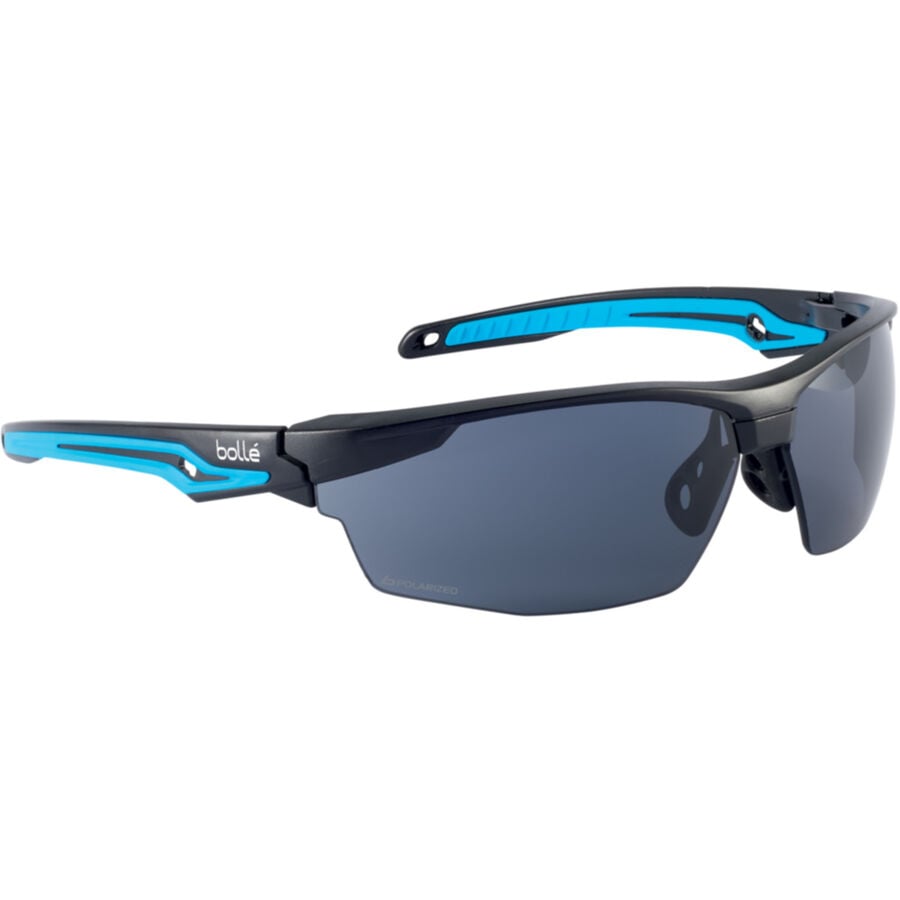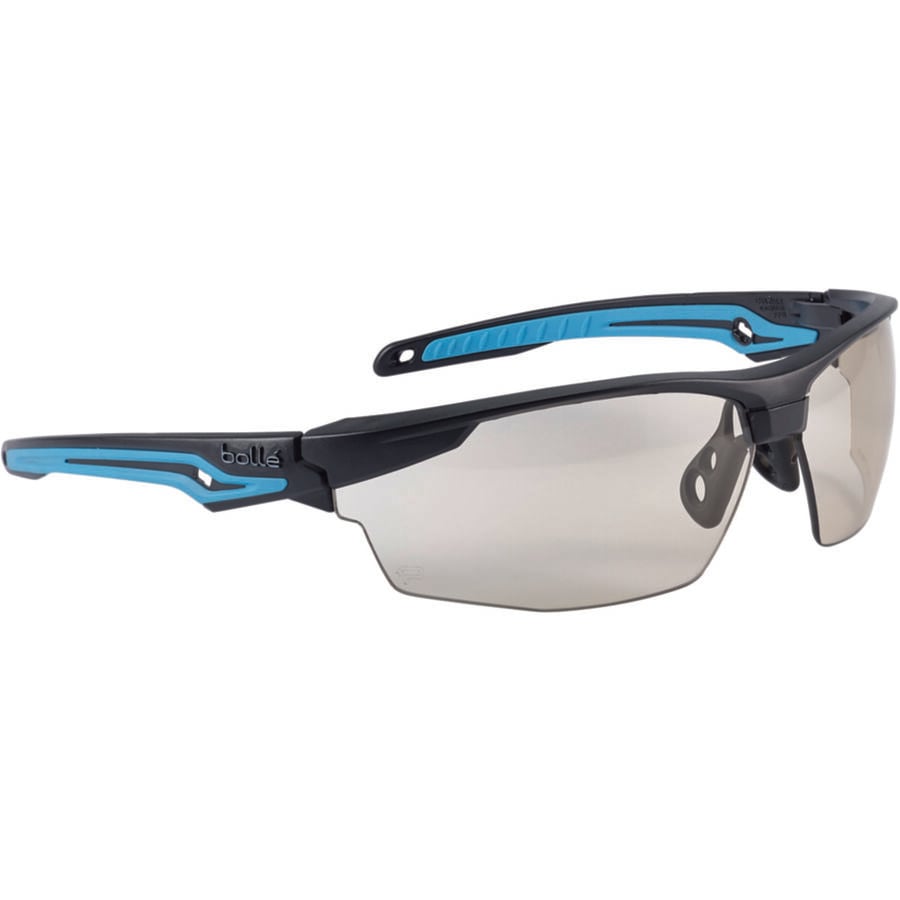Fog is a natural phenomenon of astounding beauty, wonderfully depicted by Simon Christen’s awarding winning time-lapse video ‘Adrift’ filmed in the San Francisco Bay area. It also brings life to regions where other forms of water are scarce. However, despite its beauty and life-sustaining abilities, fog can also create treacherous conditions for those trying to operate in or travel through it.
WHAT IS FOG?
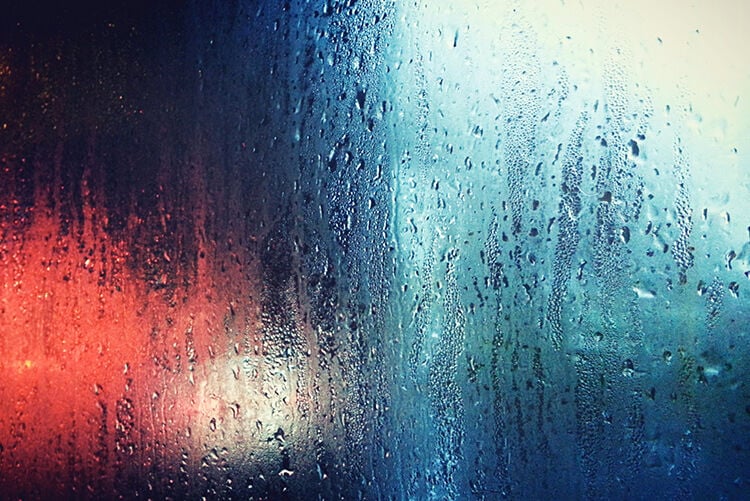
Fog is essentially a cloud on ground level. Depending on temperature and level of humidity it may be thicker or thinner, which leads to varying levels of visibility. These specific conditions also determine how quickly or slowly fog forms and dissipates. The thickness of the fog, as well as the speed it forms and dissipates, dictates how hazardous it may be and how best to stay safe.
Fog requires very humid conditions to form. Water vapour in humid air clings to dust and other microscopic particles to form water droplets that are suspended at ground level to create a cloud. Fog is different from mist but only in how dense the cloud is, measured by visibility. If you can see more than 1000 meters through the cloud it is mist, but if visibility drops below 1000 meters it’s called fog.
Deserts regions, where cold winds meet dusty environments, or coastal areas where salt particles meet moist air, often results in thicker fog. The title of foggiest place in the world goes to an area of the Atlantic Ocean called Grand Banks, lying off the coast of Newfoundland in eastern Canada.
TYPES OF FOG
There are a variety fog types that form under different conditions. On calm, clear winter nights, for example, heat absorbed by the ground during the day is then radiated into the air causing water in the air to form droplets near the ground. This type of fog usually dissipates when the sun rises and is known as radiation fog or ground fog.
Valley fog occurs in mountainous areas where the cold dense air is trapped by the steep sides of valleys. Warmer air passing above the valley creates a temperature inversion leading to condensation of air in the valley, which can last for days in some cases.
Evaporation fog is formed when cold air passes over warmer water or warm moist land. Moisture from the warm land or water evaporates into the lower layers of the cool air passing over, leading to a mixing of temperature that causes condensation and often fog formation.
Advection fog forms when warm humid air passes over relatively cold surfaces, such as snow or frozen ground. All these types of fog can form and dissipate more quickly or slowly depending on the levels of moisture, or the temperature difference between the air and the surface it interacts with, as well as wind speeds and other factors.

IMPACTS OF FOG
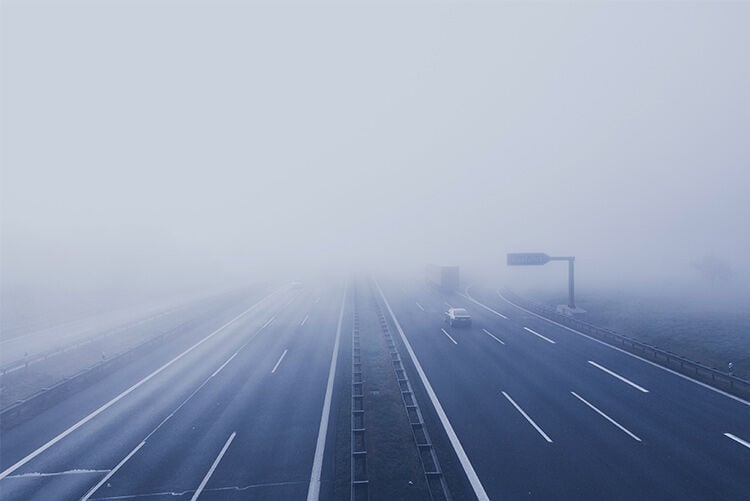
Driving represents a key metric when assessing of the dangers related to operating in foggy conditions. Fog on the road creates two problems for drivers. Firstly, the reduced visibility makes it more difficult to see other vehicles, lane markings, signage or even the direction and sides of the road itself. Secondly, fog impairs our perception of speed because we rely on visual cues from our surroundings to judge how fast or slow we are moving. Roadside emergency services also struggle to respond to accidents in foggy conditions, increasing the risk for victims and the responders themselves.
In the last comprehensive national study on fog-related road accidents in the US, the Federal Highway Administration recorded around 1.25 million vehicular accidents that were directly attributable to weather conditions between 2004 and 2013.
It’s not just roads that suffer from hazards related to fog. Ports and airports also suffer significantly in these conditions. Operating in fog greatly increases risks to workers but safety precautions cause costly downtime.
Many industrial settings also incur severe financial losses due to fog. In oil and gas fields or off-shore platforms, as well as mining operations, production shortfall due to downtime alone can reach hundreds of thousands of dollar per day. Agricultural facilities, construction sites and even factories or warehouses become extremely dangerous workplaces when foggy too. The reduced visibility in some cases can prevent work all together, such delays lead to severe losses for the business and for contract workers that are common in these settings.
FOGGING UP
The formation of fog is not just a weather condition. The same humidity and temperature differences that create clouds of fog also fog-up surfaces such as eye-glasses and goggles. When glasses fog-up it can reduce the visibility of the wearer, essentially blinding them until the condensation can be removed. In many situations, this fogging-up can occur at crucial moments and result in disaster for the wearer or those around them.
IN THE WORKPLACE

Just like clouds of fog that form in humid conditions because of the temperature difference between the air and a surface; eye-glasses fog-up due to temperature differences between the lens and surrounding air. This can happen when you move from a cold environment to a warmer one or the other way around. This is particularly common in oil and gas, power, warehousing and other industries where workers regularly move from indoor to outdoor environments or vice versa.
It can also occur as a reaction to the warmth emitted by your face in contrast to the cooler surrounding air. Essentially, moisture in the air condenses on the surface of the glass in response to the temperature difference. This is of particular concern in agriculture, construction and other settings where manual labourers exert effort and heat up as they work.
A number of factors can increase the chances of this fogging effect. Dirty and damaged lenses, for example, create more surface area upon which condensation can form. This dirt increases the fogging effect and is particularly pronounced in older glasses and goggles. In order to reduce accidents at work, businesses must ensure that their employees are equipped with new and undamaged eyewear but also that lenses are cleaned frequently.
High humidity environments, both indoor and outdoor, are likely to result in foggy lenses regardless of temperature differences. However, longer exposure to cold temperatures can cause lenses to chill completely. Meaning any warmth will result in prolonged fogging despite wiping and other efforts. Warm factories and plants in cold environments are the perfect examples, as workers move from outdoors into the warmth they are at high risk of fogging-up.
Many workers in these environments are left in a ‘Catch 22’ situation. Wearing foggy eyewear reduces their visibility preventing them from working productively and increasing the risk of accidents. Many of those workers chose to remove their protective eyewear in order to see better, which in turn puts their eyes at risk from other dangers such as light, heat and airborne particles. 90% of all workplace eye injuries can be avoided by using proper safety eyewear, according to the Prevent Blindness Organisation, but foggy eyewear creates another set of safety risks. Nearly 60% of workers sustaining eye injuries were not wearing eye protection at the time, according to The Bureau of Labor Statistics. This may be linked to the goggles fogging up, insufficient personal protective equipment (PPE) training or other reasons.
Where fogging up can cause serious hazards, such as workplaces that operate heavy machinery, it is essential to not only have anti-fog but also anti-scratch protection on lenses. Anti-fog coating incorporates hydrophilic materials that absorb moisture and hydrophobic techniques that divert excess moisture to the sides of the lens. Most protective eyewear on the market only protects the inside of the lens against fogging and the outside against scratching but this does not account for all the types of fogging up that can occur. Other technology like Platinum® Coating by Bollé Safety offer more comprehensive protection from fogging up by applying scratch-and-fog-resistant coating on both the inside and outside of the lens.

PREVENTING LENS FOGGING
Whatever type of glasses or goggles you use, there are a variety of methods you can use to reduce or prevent the lenses fogging up. The most basic measure is to keep glasses clean, you should also ensure that glasses are not old or damaged. The fit and position of glasses in relation to the face are also important. Ensure there is enough space between your face and the lenses to allow air to flow in order to better equalize the temperature on each side. Similarly, preventing overheating of the face, by dressing appropriately and diverting exhaled air away from the glasses, can reduce the temperature difference and resulting condensation.
Substances can also be added to the lenses to reduce the chance of condensation. Anti-fog wipes, for example, use compounds that prevent the formation of water droplets. Small amounts of soap or shaving foam spread across the lens in a thin layer can also act in the same way. The most readily available anti-fog substance is usually saliva. Breathing, spitting or dabbing saliva on to the lens, then spreading evenly and wiping lightly, leave a residue that prevents condensation quite effectively.
SEEING THROUGH THE FOG
SOME PRODUCTS WITH PLATINUM TECHNOLOGY
